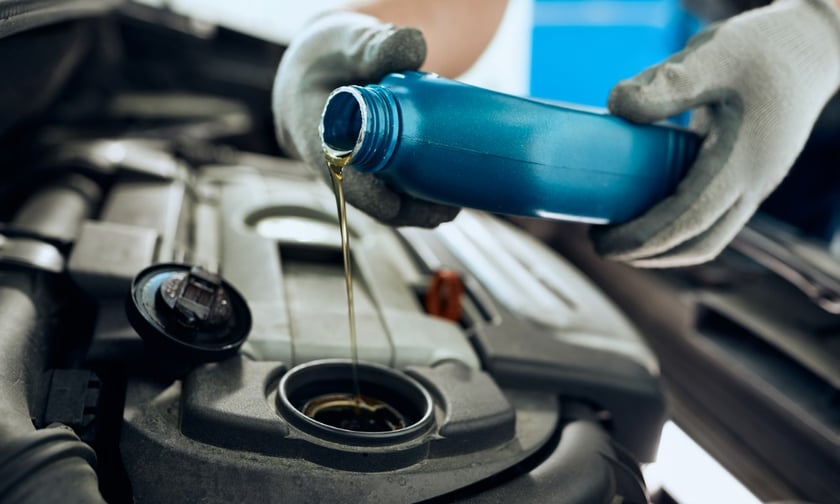

Rising living costs are prompting significant changes in how Australian vehicle owners approach maintenance and insurance, according to new data from automotive services provider mycar Tyre & Auto (mycar).
The company’s inaugural Mobility Index, which surveyed 2,004 vehicle owners, found that 60% have modified their maintenance routines due to financial pressures, with 77% taking on some car maintenance tasks themselves.
The survey highlighted that nearly 24% of respondents are extending the time between regular maintenance services, while 21% are opting for more affordable repairs when possible.
Financial strain is also affecting insurance decisions, with 49% of vehicle owners adjusting their coverage. Notably, 11% of respondents have dropped their insurance altogether, and 27% have switched to less expensive policies. Additionally, 14% of drivers reported difficulties in making their insurance payments due to the increasing cost-of-living.
There is also a trend toward DIY vehicle maintenance, with 17% of respondents overseeing complex tasks like brake pad replacements on their own, despite the potential risks of incorrect repairs.
However, mycar managing director Adam Pay cautioned against DIY maintenance, stressing the importance of professional expertise.
“When it comes to vehicle maintenance, it’s tempting to think you can do it yourself, but the reality is these tasks require the expertise of trained technicians,” he said.
A separate study from Youi Insurance (Youi) has highlighted generational differences in how Australians manage car care and insurance expenses.
The survey of over 2,000 respondents found that older generations tend to be more cautious with their spending, particularly in light of rising living costs.
Youi’s head of product, Marni Jackson, noted that only 38% of Australians service their vehicles every six months, with younger generations, especially Gen Z, being more diligent in vehicle maintenance.
The report also revealed that younger Australians are more likely to modify their vehicles, a practice less common among older drivers.
In terms of insurance, nearly 80% of Australians hold comprehensive coverage, with older generations leading in both coverage levels and satisfaction with their providers.
Jackson pointed out that Gen Z is more inclined to shop around or change their insurance coverage, in contrast to the more stable habits of older generations.
The Mobility Index also delved into attitudes toward electric vehicles (EVs), revealing that economic concerns are making EVs more attractive for some drivers. Last year, EV sales in Australia hit record numbers, driving up demand for specialist insurance, according to Dawes Underwriting Australia.
Among current internal combustion engine (ICE) vehicle owners, 40% cited potential fuel savings, and 32% pointed to lower maintenance costs as reasons for considering an EV for their next purchase, according to the index.
However, the majority of respondents (88%) still use petrol or diesel vehicles, with maintenance concerns, limited charging infrastructure, and high upfront costs cited as major barriers to switching to EVs.
Interestingly, 82% of current EV owners reported being satisfied with their vehicle’s reliability, contrasting with the scepticism observed among many ICE drivers.
Stuart Charity, CEO of the Australian Automotive Aftermarket Association (AAAA), emphasised the importance of educating consumers on the benefits of EV ownership and ensuring that the automotive industry is prepared to meet future demands.
“This means that [the] government and [the] industry must work in close tandem. Not only to make the switch seamless, but also to maintain and build consumer trust in this technology,” he said.
The Mobility Index also explored drivers’ perspectives on emerging automotive technologies.
Around 44% expressed concerns about autonomous driving, and a significant number also voiced apprehensions about other innovations such as in-car data collection and biometric recognition.
Despite the widespread use of technology in vehicles, 88% of respondents reported seeing other drivers distracted by in-car systems, though only 24% admitted to being distracted themselves. These findings compare to those found in Budget Direct’s 2023 survey, which revealed that 75% of respondents deemed in-car technology distracting, while 66% admitted missing certain traditional car features.
To address these evolving challenges, the report suggests that both government and industry will need to develop strategies to better meet the needs of Australian drivers.
About 27% of respondents believe that more government policies are required to support sustainable transportation, while 45% expressed interest in mobile EV servicing solutions in the future.
